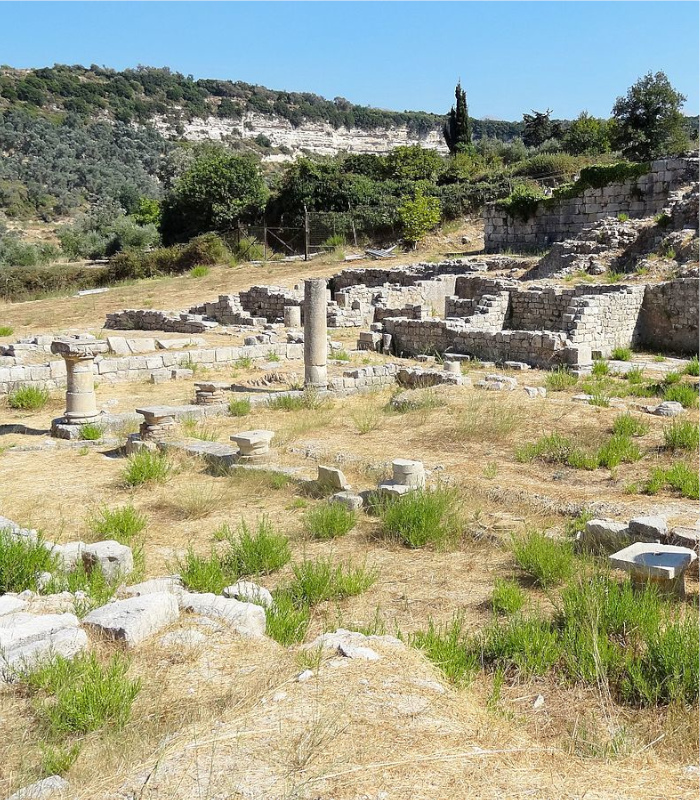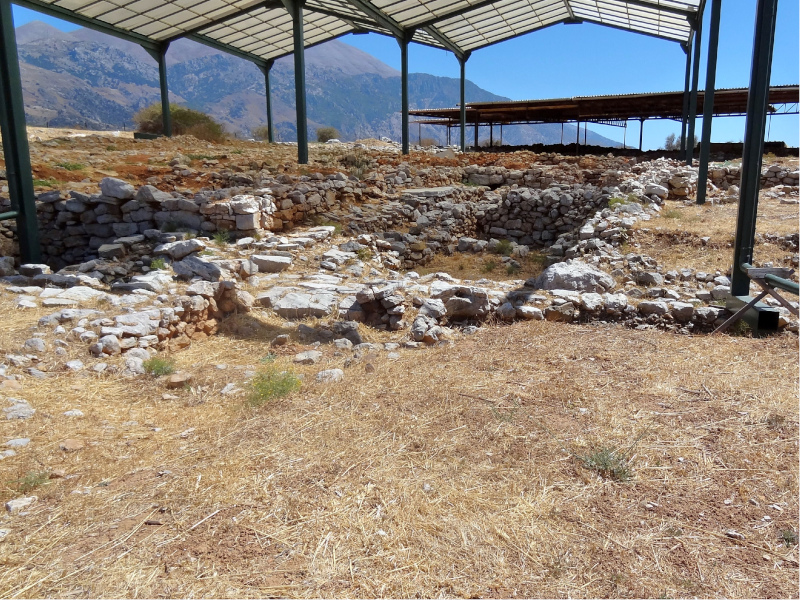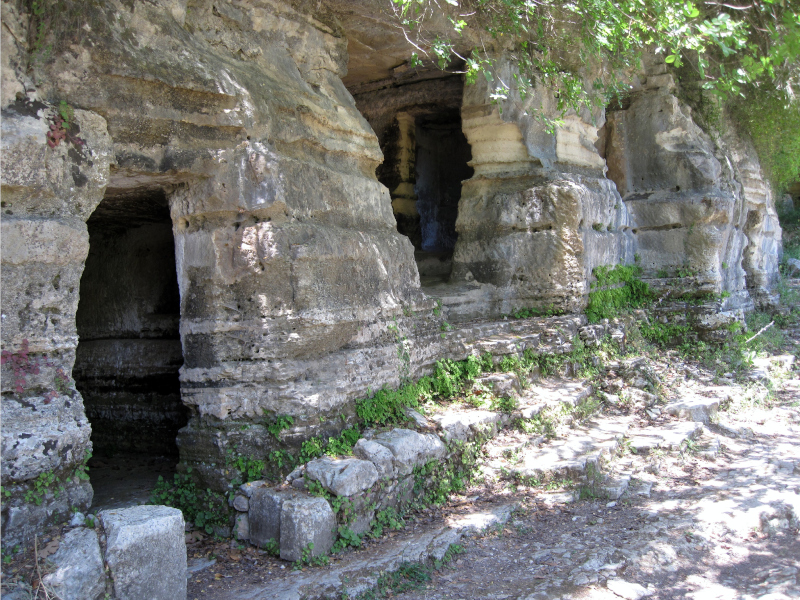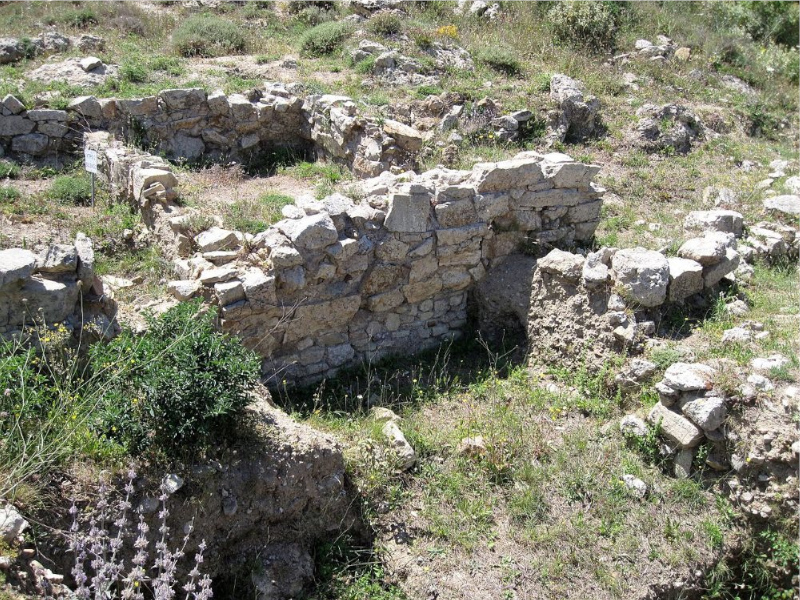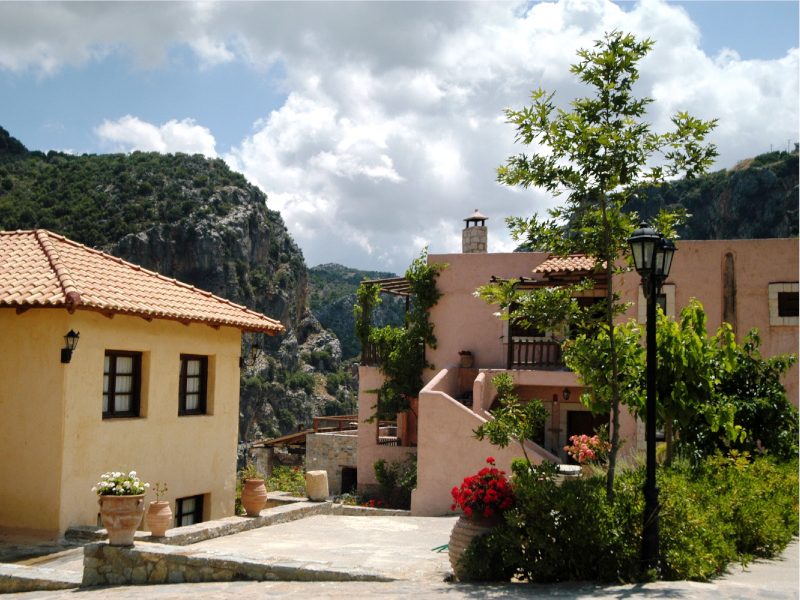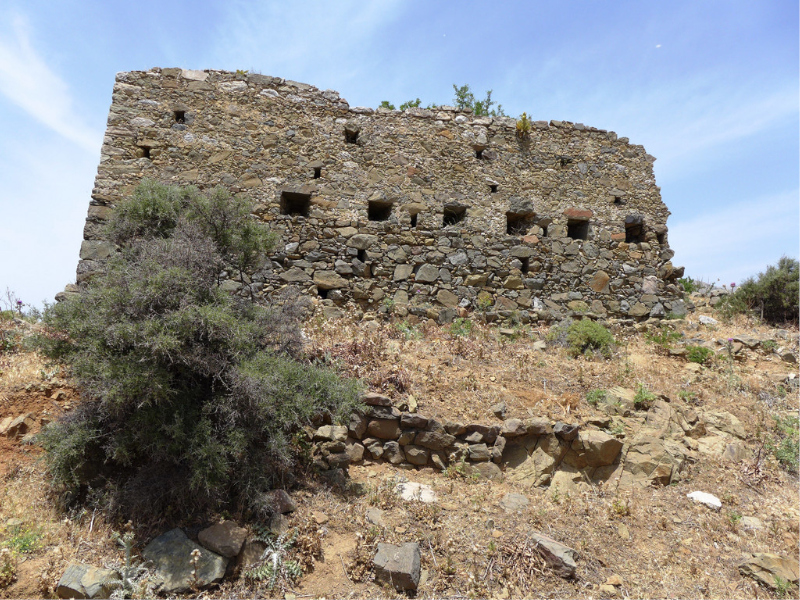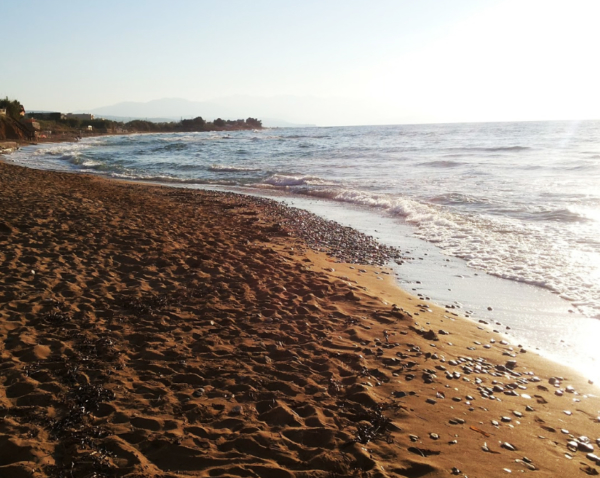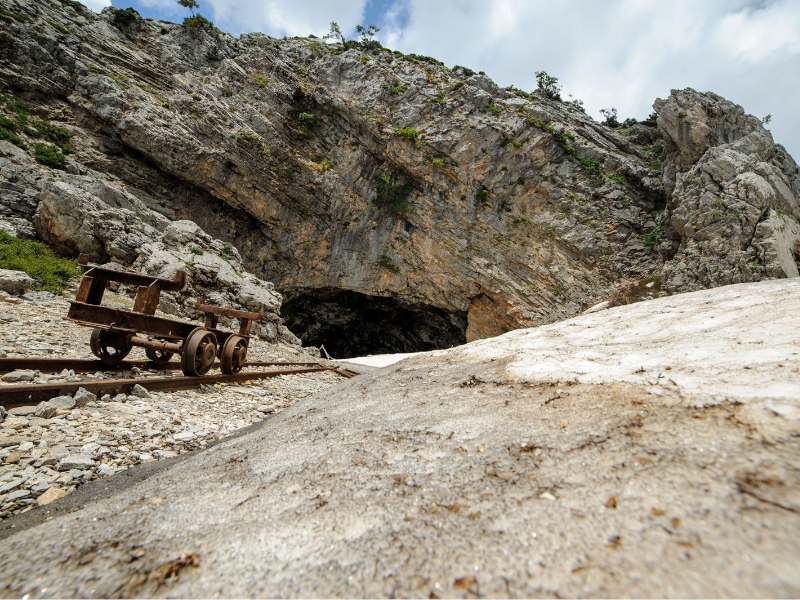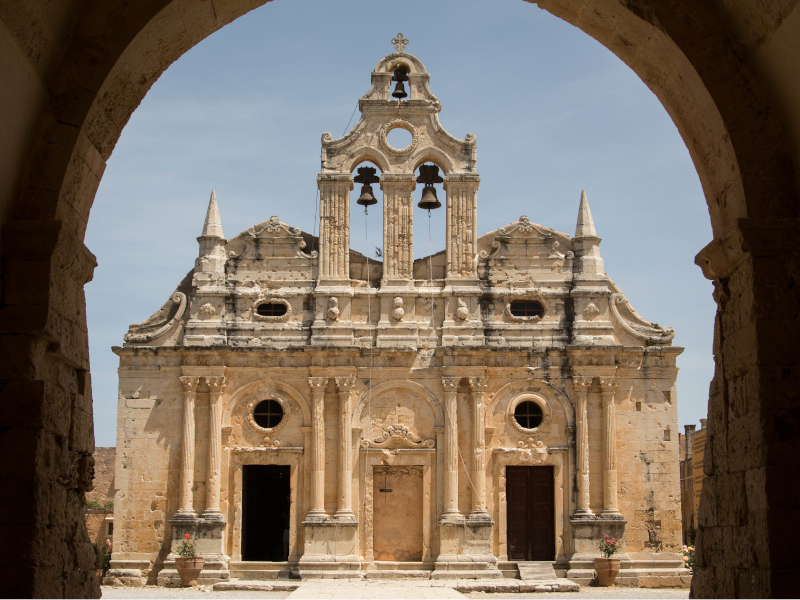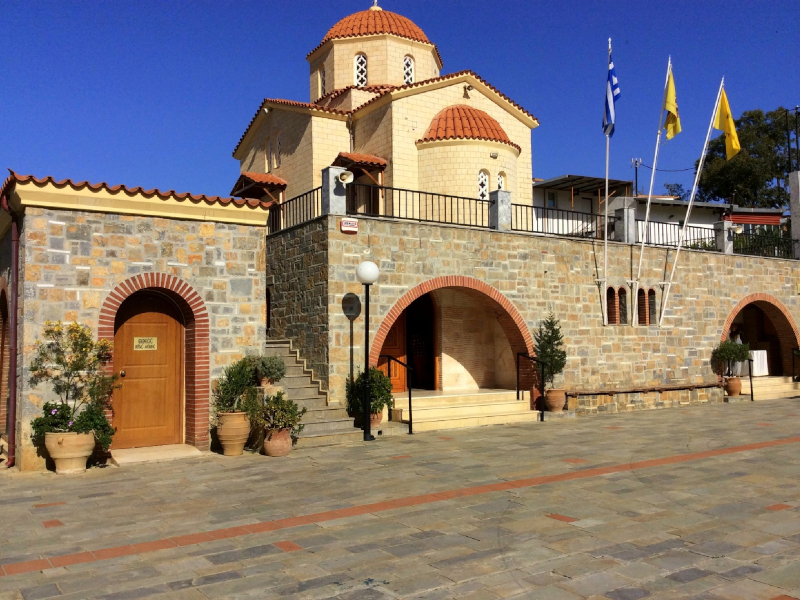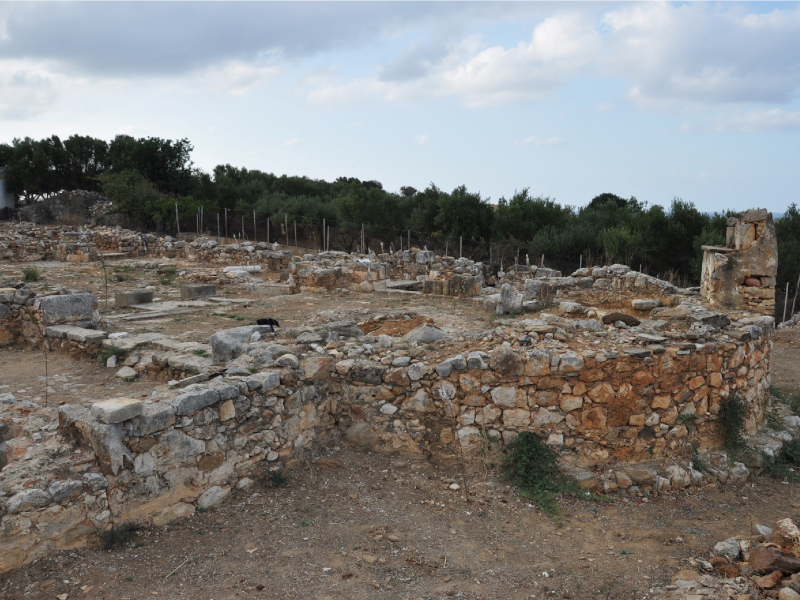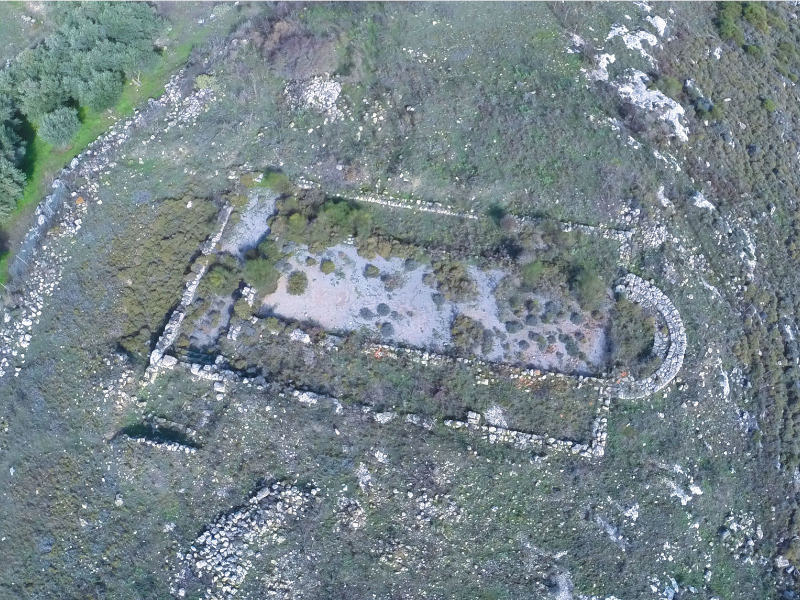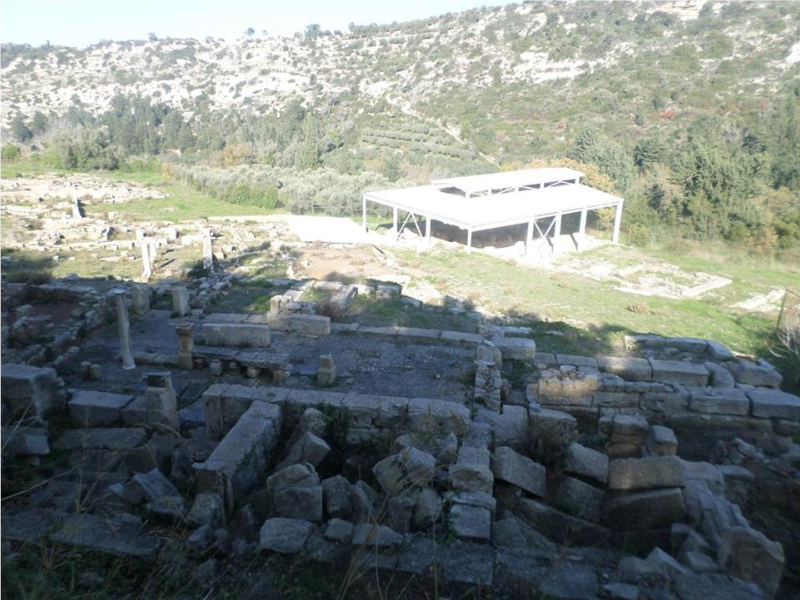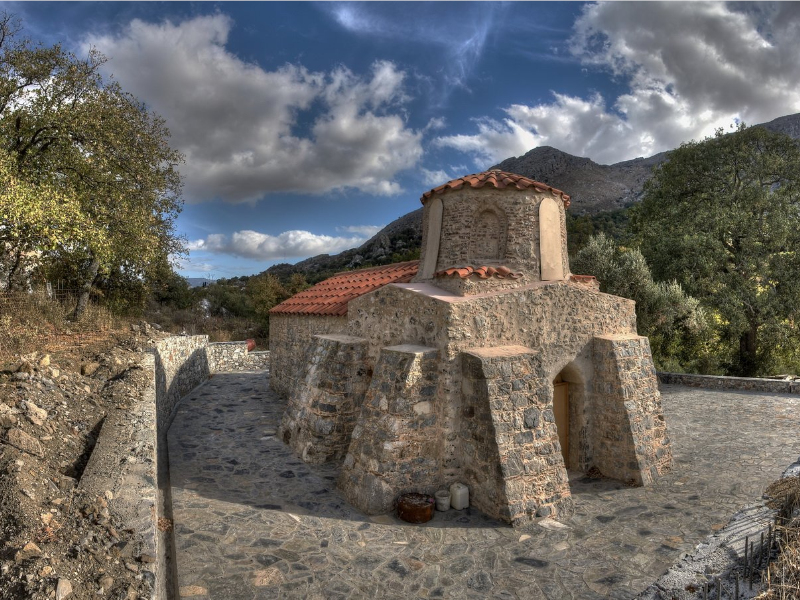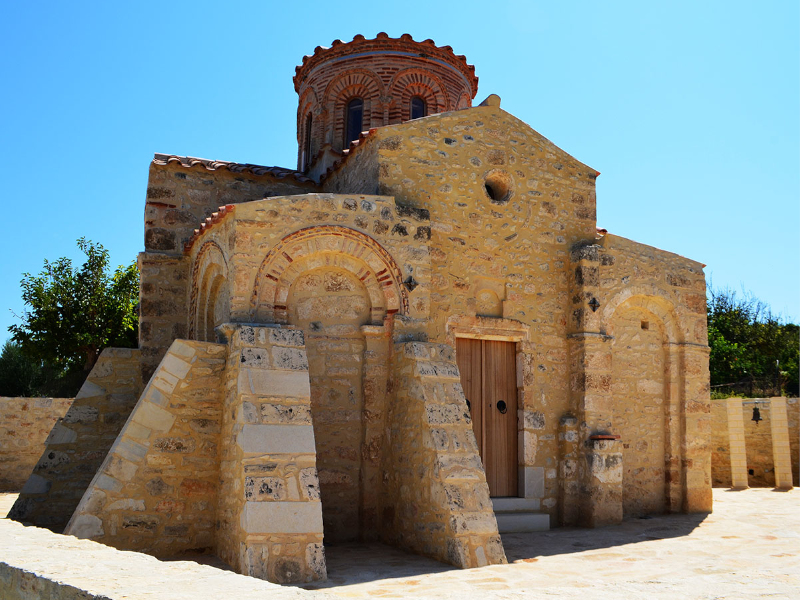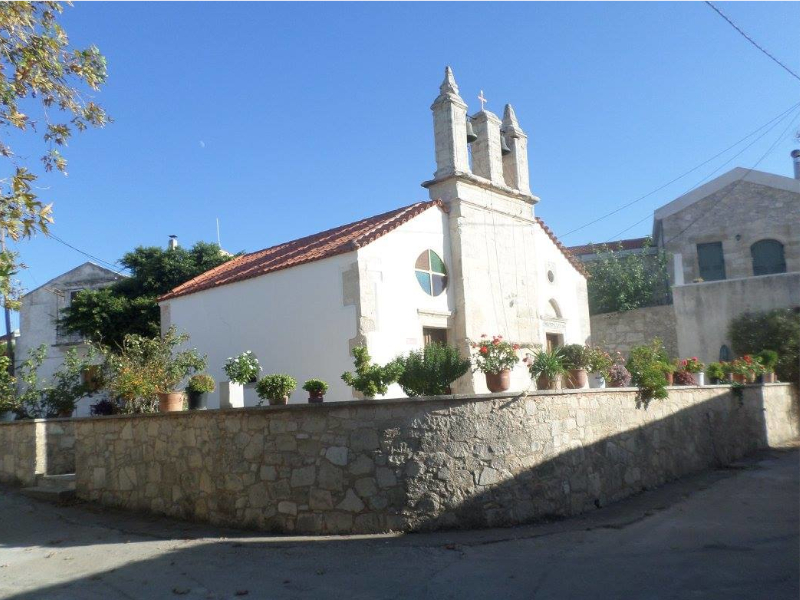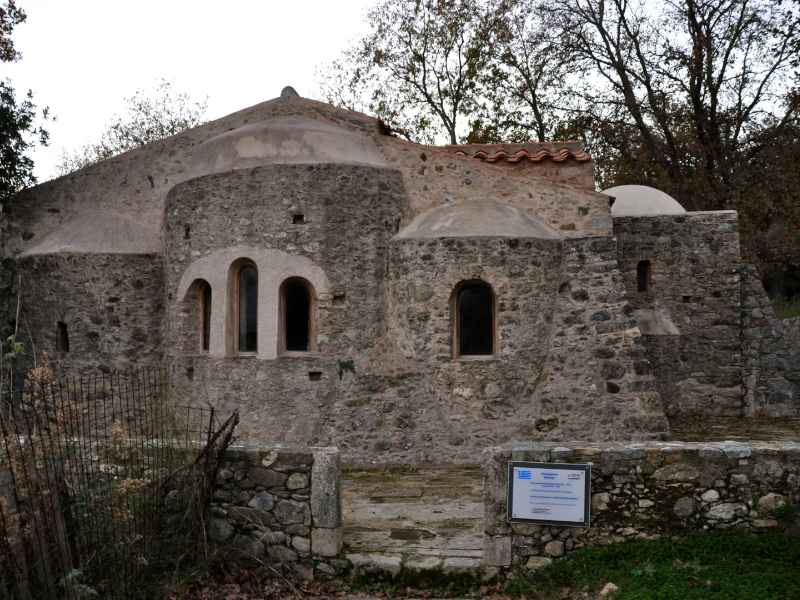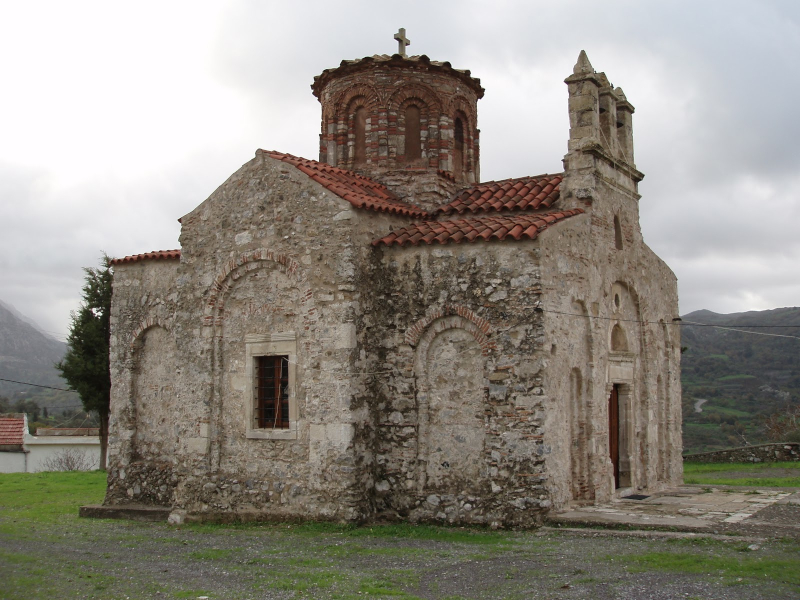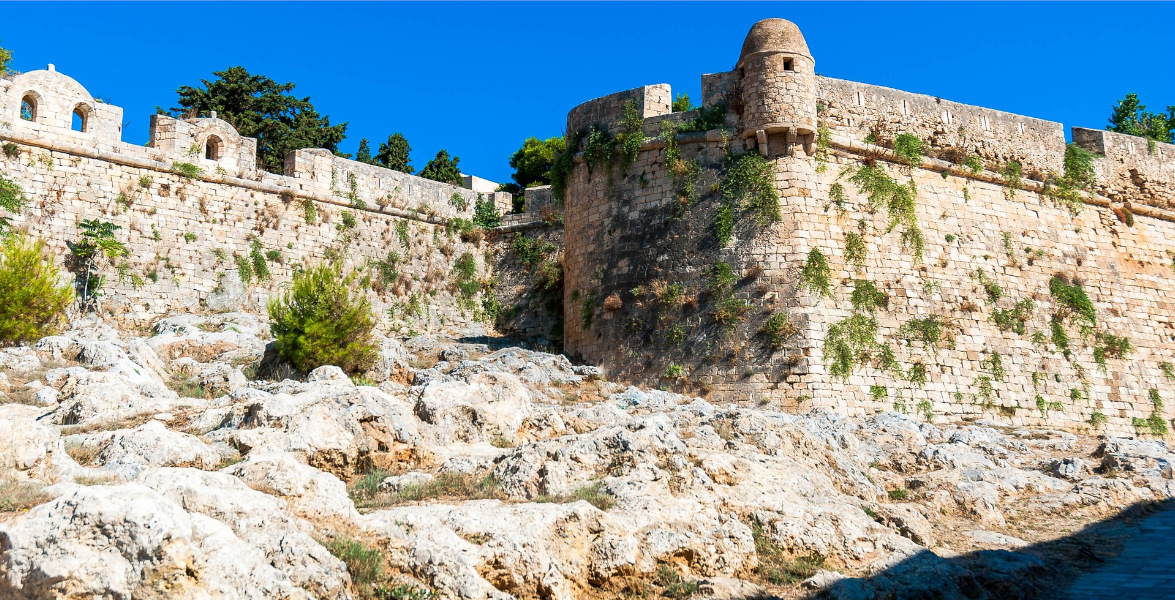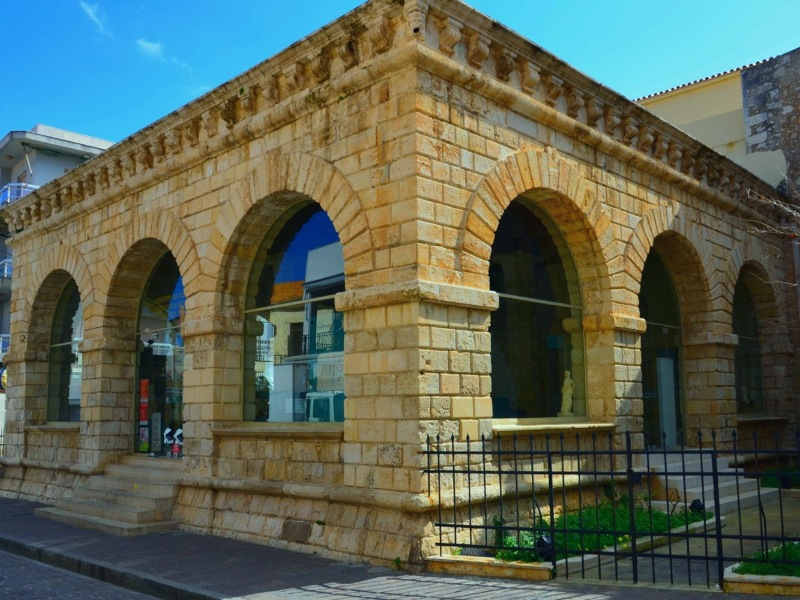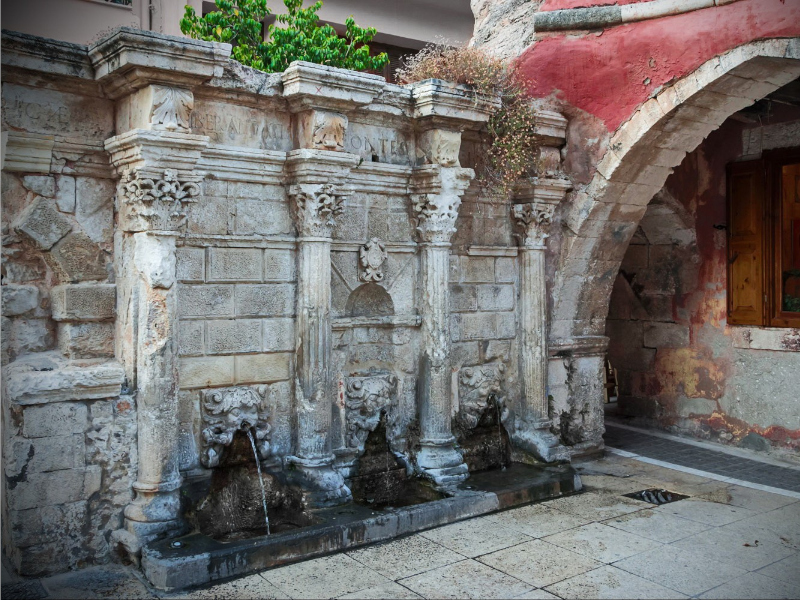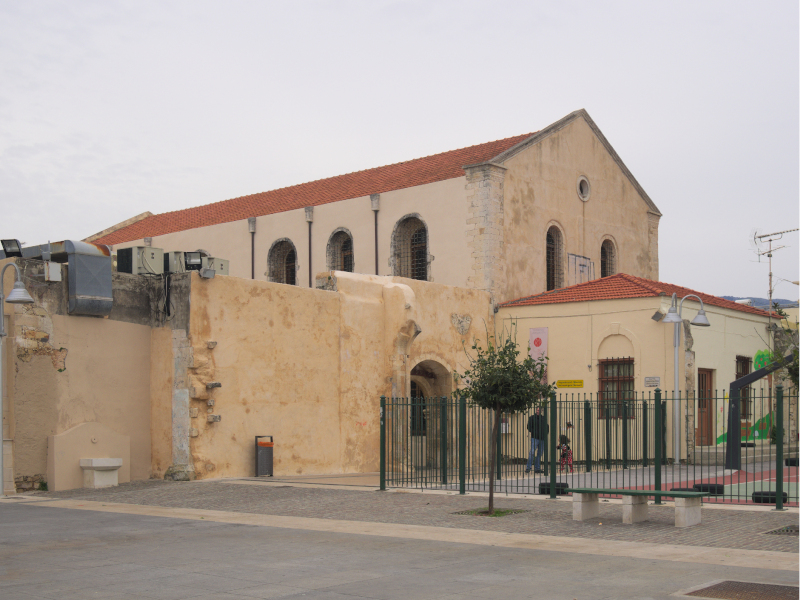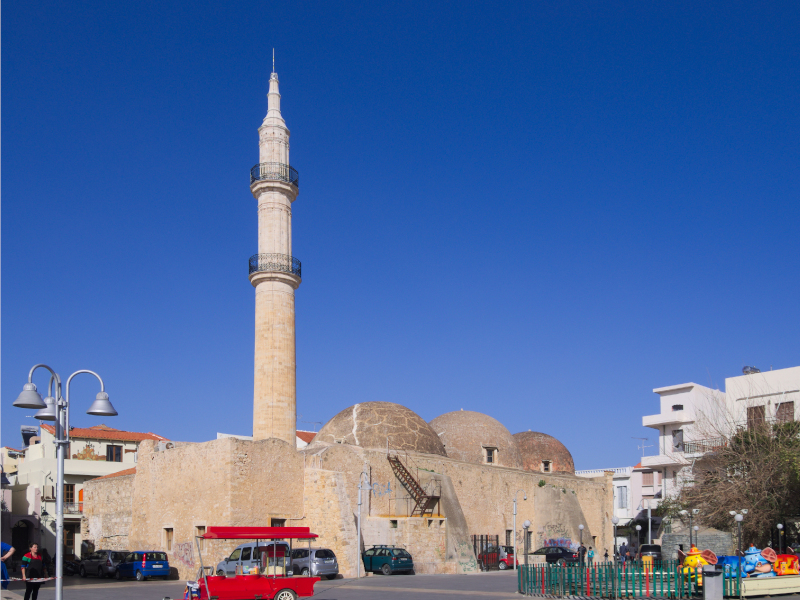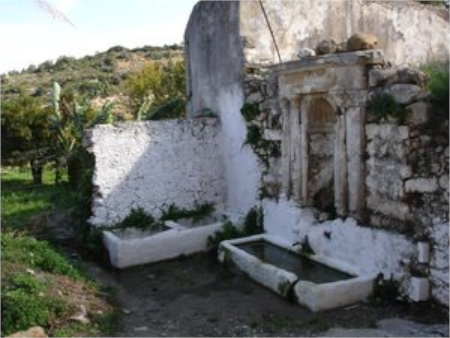Archaeological sites
Throughout the Prefecture of Rethymnon, archaeological remains have been identified, that are dated back to the Stone Age, until the Roman and Early Christian Age.
The number of archaeological sites that have been found reaches 350, many of them though cannot be visited.
Ancient Eleftherna
The excavations in the area of Eleftherna started 16 years ago, in 1985, when the faculty of Archeology and History of Art of the University of Crete decided to investigate the well-known, from literary evidence, ancient city.
A small research had been made in the area and in 1929 from the Britannic Archeological Academy, under the direction of H.Payne. The remains have been revealed in the broader area of the two contemporary neighboring villages, Eleftherna and Ancient Eleftherna, located at the northern foothills of Psiloritis and at a distance of 24 and 29 km respectively from the city of Rethymno.
Late Minoan Cemetery of Armenoi
Only 10 km south of the city of Rethymno, next to the homonymous village and within a wonderful forest of oaks, there has been discovered the well-known cemetery of Armenoi, dated back to the Late Minoan Age (13th/12th century BC). The systematic excavation research that began in 1969 has revealed more than 220 tombs, and continues aiming to reveal also the relative town.
Monastiraki
Lappa
Sivritos
Axos
Apodoulou
Stavromeno
Ideon Andron
Churches
In the prefecture of Rethymno, during the old Christian period but also during the byzantine period, many churches and monasteries were built. The Byzantine churches are estimated about 300 and the monasteries around 30. The architecture style that prevailed during the Early Christian period was the so-called “Basilica” churches that were wood roofed and three-aisled with a raised aisle than the others.
Arkadi Monastery
On the north-western slopes of Mt. Psiloritis, at an altitude of almost 500 meters and approximately 23 km from the city of Rethymno, is located the Monastery of Arkadi. There are several routes you can take to reach the monastery, each of which offers a unique naturalistic and historical interest.
According to the tradition, the monastery of Arkadi was founded by the Byzantine Emperor Heraclius, while its construction was made by the Emperor Arcadius in the 5th century AD, from whom the monastery took its name. However, a scientific view submits that both the foundation and the naming of the monastery must have been due to a monk called Arkadios.
However, according to the inscriptions, the two-aisled church in the centre of the monastery was built in 1587 and was dedicated to St. Constantine and Metamorphosis of the Savior. This temple was not the first but a renovation of an earlier one which according to an inscription it was built in the 14th century.
The reason that the monastery of Arkadi was established as a historical symbol of self-sacrifice and freedom was, without any doubt, the fact of the revolution of 1866-1869 and more specifically, the self- sacrifice of the besieged people, who preferred to die than to surrender to the Turks.
Agia Irini Monastery
It is situated near the village with the same name, a few kilometers south of the city of Rethymno, on the road to Roussospiti. It is a very old monastery, which must have existed since the 14th century. However, at some point it was destroyed and then totally abandoned and deserted. Its renovation began in 1989 and since then the nuns with their intense activities have restored it to life.
Christian Basilica of Panormos
Christian Basilica of Goudeliana
Christian Basilica of Ancient Eleftherna
Agios Ioannis of Gerakari, Amari
Agios Dimitrios, in the in the homonymous village
Panagia in Roustika
Kera Panagia in Nefs Amari
In the wider area of the village Nefs Amari is situated the three-aisled basilica of Kera Panagia. It was built on top of an older cross-domed church of the 13th century AD. The south aisle with its impressive doorway and insignia of the Kallergis family was obviously built later, around the 15th century AD.
Panagia in Lambini
In the village of Lambini, at a distance of 27 km on the road from Rethymno to Spili, there is the cross inscribed with a domed church of Panagia, with murals of the 12th and 14th century AD. This is an Episcopal temple, as Lambini was the seat of the famous Bishop of Lambi that existed since 431 AD.
Venetian monuments
When the Venetians came to Rethymno they settled in Castel Vecchio in the first building centre of the town. Castel Vecchio occupied a very small area and was surrounded by a fortified wall. Later, the expansion of the settlement beyond the walls of the Castel Vecchio demanded the construction of a new wall, which would include a larger area. Indeed, during the period between 1540 and 1570, the new settlement was fortified according to the designs of M. Sanmicheli.
The Fortezza of Rethymno
The Loggia of Rethymno
The Loggia, situated in the city center, was a magnificent building where the nobles used to meet and discuss political and economic issues. It was built in the 16th century according to the designs of the famous Venetian architect Michele Sanmicheli. The well-preserved building has a square ground plan with three vaulted sides (the west side is not vaulted). It is built of regular sized stones and the projections of the cornice are impressive.
The Rimondi Fountain
The famous Rimondi Fountain, which is now situated in Platanos Square, formerly in the center of the Venetian city, was built in 1626 by the city’s rector A. Rimondi. The water runs from three spouts in the shape of a lion’s head into three sinks. Three small, fluted columns, ornamented with Corinthian capitals are “standing” on the sinks. Above the capitals an entablature can be observed, the middle part of which displays four projections in the shape of the leaves of the acanthus exactly above the columns. In this section the words LIBERALITATIS and FONTES are inscribed.
Ο Άγιος Φραγκίσκος
The Neratzhes Mosque
During Venetian occupation the mosque Neratzes, which today is used as a music school, was the Augustinian church of the Holy Virgin. In 1657 the Turks transformed it into the mosque Gazi Housein or Neratze, and in 1890 they added a large minaret with two galleries, which was built with the famous stones of the Alfa village. The chapel of the Holy Virgin, situated at its west side and dedicated to the Body of Christ, was also transformed into a priestly seminary.
The fountain of Roussospiti
The village of Roussospiti, which is situated 6 km from Rethymno, boasts a variety of Venetian buildings such as the famous fountain, dating back to the 17th century. Gerola described it as “graceful” which is a right description if you notice it carefully. On both sides of the semi-circular concha a pair of small columns are situated, which support the architrave. The spout has the shape of a lion’s head.


